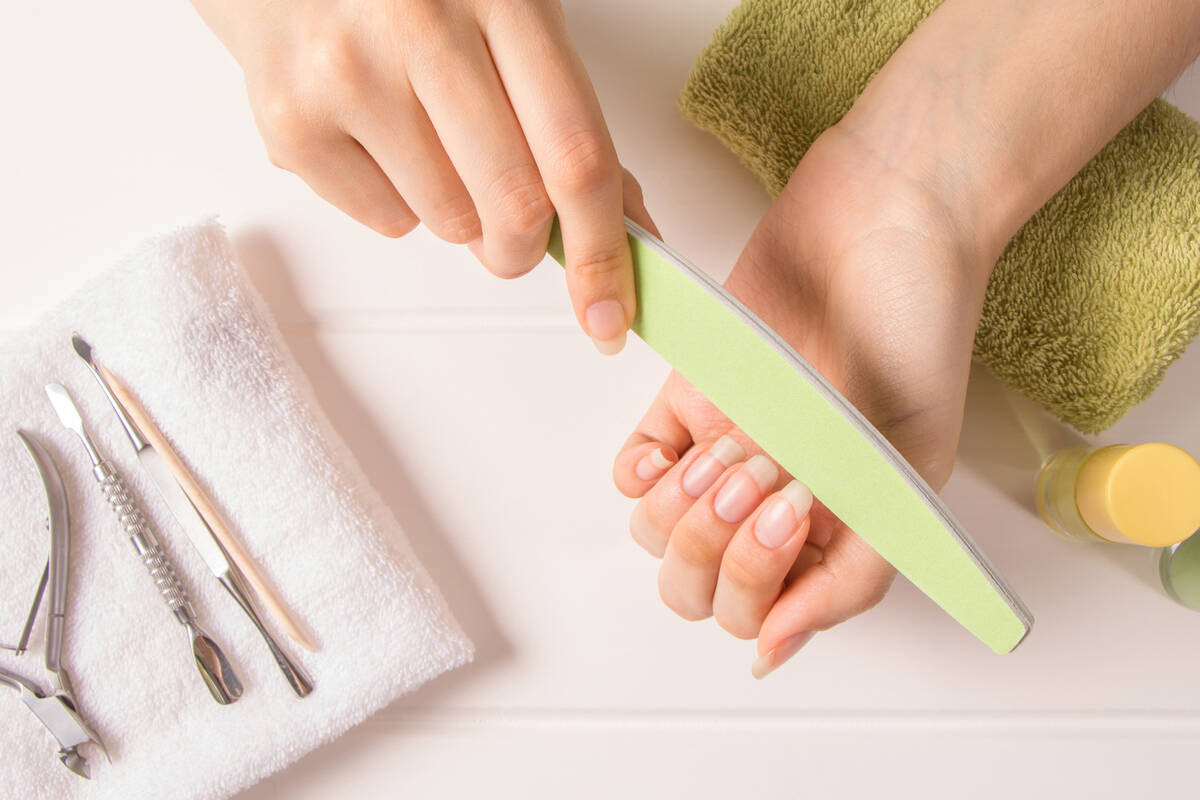Nailed it! Protecting fingernails is a healthy habit

The pandemic brought all of us a new appreciation for frequent hand-washing and its importance in keeping germs at bay. Yet an equally important hand-related health habit is often overlooked — caring for fingernails.
Having well-groomed nails isn’t just a fashion statement. While shiny shades and chic shapes may be trendy, caring for one’s nails can have long-lasting benefits.
Fingernails are primarily keratin, made of protective protein cells that are essentially an extension of your skin, your body’s largest organ.
Nails naturally change with age, becoming thicker and deepening in color. Almost everyone gets ridges at some point, and it’s not unusual to spot an occasional white mark beneath the surface or indentations. Brittle or thin nails are also quite common. Occasionally changes in texture and shape can indicate issues such as anemia, calcium deficiencies and other concerns.
While we can’t control those aspects of our nails, plenty of other steps can be taken to ensure fingernails can efficiently protect against germs and disease.
We caught up with Deborah Lippmann, a nail care pioneer and longtime celebrity manicurist for her handiest tips for healthy nails:
Protecting your cuticles is critical. Resist the urge to cut your cuticles (or asking a manicurist to cut them), which removes the protective barrier. Biting or picking at ragged cuticles is also a no-no, as this can lead to infections and allow germs to enter the body.
Cuticles should be pushed back gently with an orange stick or other manicure tool. Any excess skin created by that process should be trimmed. Removing the cuticle entirely also causes problems as the skin will grow back unevenly.
Buffing and filing nails should be done gently. Sawing the emery board back and forth can tear the nail, and buffing nails too frequently or harshly can cause damage. (If you plan to use polish, avoid buffing nails to a high shine, because it won’t adhere as well, Lippmann says.)
File in a short, even stroke from the outer edge of the nail toward the center, then repeat on the other side. The most natural shape for a nail is one that matches the shape at the cuticle base.
Use a clear base coat to help protect the nail surface. Lippmann says she runs the side of the nail brush along the front edge of the nail to create a “cap” effect — essentially sealing it off, which adds another layer of protection.
If you’re looking for a bare or “buff” colored polish, take a cue from the color of your cuticle: If it’s pink or red, look for a “cool” tone; if it’s more brown, look for a warmer hue.
Hydrate your nails and hands frequently, Living in a desert can leave skin and nails parched, leading to chipping and breakage. Oils, like the intensely fortified ones Lippmann created for her collection, provide longer-lasting hydration than lotions.
Lippmann says she is also a fan of gently massaging your palm with the fingers of the opposite hand — which feels great, aids relaxation and boosts circulation.
And Lippmann recommends using hand lotions with SPF before heading out in the morning. Age spots often show up on hands and arms first because people tend to use sunscreen only on their faces and necks — while hands are exposed to the elements as much or more.
“We know SPF is in all the creams, lotions, powders, lotions, foundations — everything we put on our face, and then we go out into the sun and our hands are exposed,” she said. “We don’t think about the fact that are hands are abused more than our faces are.”